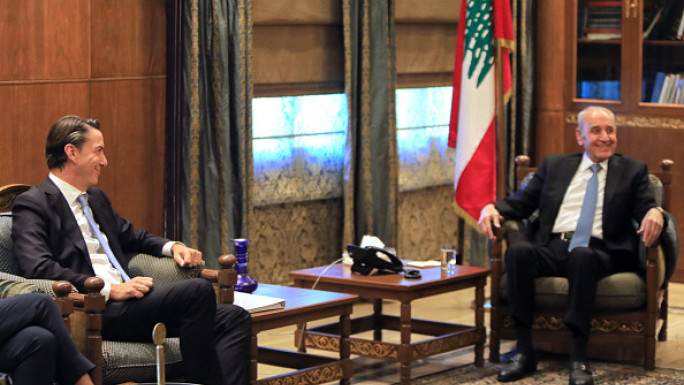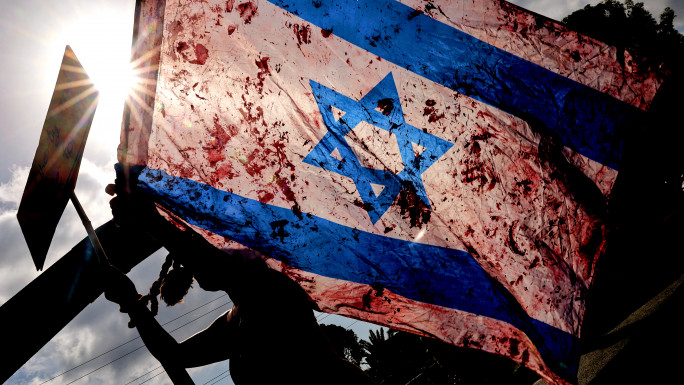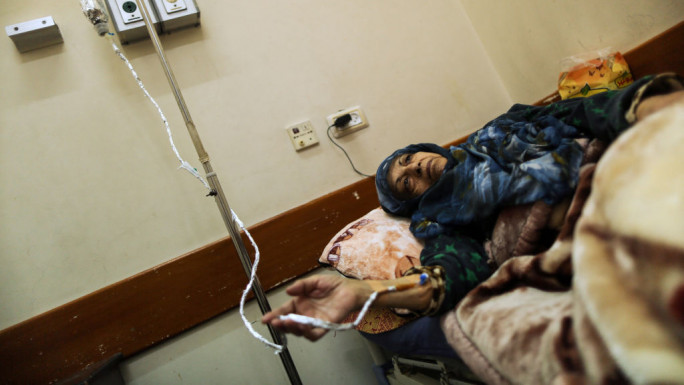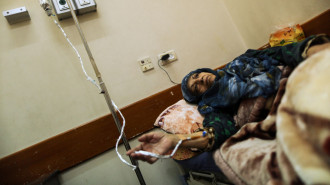Perfect hunters: The art of falconry and what we know about Qatar's national bird
Falconry is considered one of Qatar's ancient arts and has its origins in the traditions of the Bedouin tribes, who used highly trained birds of prey to hunt migratory birds for food.
The complex relationship honed between bird and falconer could result in a highly successful hunting team. Training a bird of prey is not a one-way education - the solitary birds teach their handlers patience, steadfastness, courage, and self-reliance.
Saker and shaheen falcons are considered two of the best-known and sought-after falcons amongst hunting enthusiasts in Qatar (the shaheen is a subspecies of the peregrine falcon).
In general, the birds are trapped and caged, before being tamed and readied for sale in Qatar's hawk and falcon markets, where they can be sold at prices ranging from 30,000 Qatari riyals to over 1 million riyals ($1 = 3.64 riyals).
There are two groups of falcons used for hunting in Qatar: birds bred on farms (known as "hybrids"), and wild birds, which have been caught, and which are usually more skilful hunters than those from the farms. Visitors to the falcon market in Doha will be in the ideal spot to delve into the authentic culture behind this time-honoured tradition.
"Falconry is considered one of Qatar's ancient arts, and has its origins in the traditions of the Bedouin tribes who used highly trained bird of prey to hunt migratory birds for food"
They will be able to photograph the falcons up close and even hold them under the supervision of skilled handlers. The birds will often be hooded – a practice followed as part of the taming process, to keep the animals calm until they are accustomed to the busy environment of the market, and also used for birds to get used to their trainers. The Souq Waqif Falcon Hospital is situated close to the market and provides highly specialised medical treatment for sick and injured birds.
Mutab Al Qahtani is a member of Qatar's Al Gannas Association (a cultural association for falconers). He explains to Al-Araby Al-Jadeed, The New Arab's Arabic-language sister publication, that the falconry season begins when the star Canopus appears in the night sky (the star's appearance heralds the end of summer in the region), which is around 24 August every year. When this happens, hunting enthusiasts start preparing for going on hunting trips into the wild. The season continues until March.
Al Gannas Association
The Qatari Al Gannas Association specializes in the sport of falconry, hunting and sniping, and works to support traditional Arab hunting by funding and managing hunting-related activities, for example organising numerous hunting-related conferences and events, and ensuring the representation of Arab falconers in regional and international competitions.
Al Gannas Association requested that UNESCO classify falconry on UNESCO's "List of the Intangible Cultural Heritage of Humanity" in 2010, and drafted a memorandum of understanding to protect migratory birds in Asia, Europe and Africa, especially those endangered, such as the saker falcon. The memorandum promoted forging a network including falconers, veterinarians, hunters and researchers to exchange information and experiences, establish systems and mechanisms to regulate falconry, and determine the best ways to care for falcons.
Qahtani points out that since Al Gannas was established it has organised many annual events, the most important of which are the Katara International Hunting and Falcons Festival, the Al Gannas Refresher Championship, the Isfari Qatar Falconry Championship, falconry training camps for youth and the International Hudad Al Saluki Championship (a Saluki dog-racing competition).
Al Gannas also holds the Qatar International Veterinary Falcon Conference, in cooperation with the International Association for Falconry. The conference is attended by vets, scientists, specialists and students to discuss the latest scientific and medical developments around medical care for hawks and falcons.
Also, the Katara International Hunting and Falcons Festival, which is organised by Al Gannas, is one of the largest festivals specialising in the field of falcons and hunting in the region. The festival is gaining popularity across the Gulf region – in the most recent festival, thousands of falconers flocked from the GCC countries.
"It's important to continue to recreate aspects of our culture in a contemporary manner to maintain this identity and authenticity within communities, and enhance the sense of awareness."
— The New Arab (@The_NewArab) October 17, 2022
How Qatar became a cultural canvas ahead of #WorldCup2022⬇ https://t.co/FpkHEOduR9
The Al Gannas Association headquarters is located in the Katara Cultural Village Foundation, in one of the area’s most iconic buildings, which has been designed to resemble the hood put on a falcon to keep it calm. The building has attracted many famous photographers, with the Telegraph newspaper declaring it a must-see attraction for anyone visiting Qatar.
It has been designated the fifth most famous landmark in Doha. The purpose-built headquarters house a rare exhibition of stuffed raptors, which includes the most important species which can be found in the wild in Qatar. It also has a lecture hall and runs courses for those interested in falconry.
A glimpse at types of falcons and their colours
Mohammed Al-Hajri, a falconry enthusiast, told Al-Araby Al-Jadeed that "the young generation wants to stay true to the heritage of our ancestors."
In his opinion, nothing beats the exhilaration of the sport, despite its expense. He reels off the names of the best-loved breeds among falconers, like sakers (also known as al-Wafi), which are distinguishable by their colourful plumage and tall stature, and a breed called tamam al-mansar which is loved across the Gulf. He says the best falcons in his opinion are what he calls Persian falcons, and says falcons imported from Pakistan and the Levant are among the best.
|
|
Other popular breeds are the mathluth al-harrar, which is small and fast, and the lanner falcon, which is one of the smallest breeds and distinct by the red colour on its head. Shaheen falcons are identifiable by their squarish heads and small eyes, dark back feathers and finely barred breast feathers. They have a medium build and belong to the peregrine family, which are the fastest birds on earth, their maximum speed reaching 360km per hour.
However, a flaw of shaheen falcons in the eyes of falconers, is their need for fresh food on a daily basis, whereas sakers can be left without food for three days. Despite this, the speed of the shaheen makes them the favourite of many falconers.
This is an edited translation from our Arabic edition with additional reporting. To read the original article click here.
Translated by Rose Chacko
This article is taken from our Arabic sister publication, Al-Araby Al Jadeed and mirrors the source's original editorial guidelines and reporting policies. Any requests for correction or comment will be forwarded to the original authors and editors.
Have questions or comments? Email us at: info@alaraby.co.uk





 Follow the Middle East's top stories in English at The New Arab on Google News
Follow the Middle East's top stories in English at The New Arab on Google News


